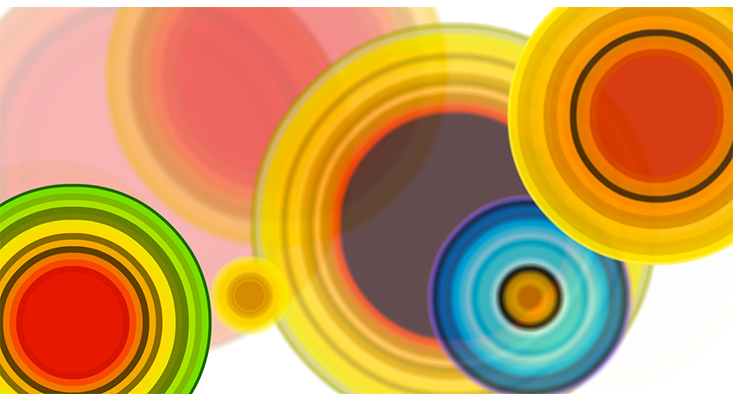Can a robot be creative? Advances in cloud robotics—machines connected to supercomputers in the cloud—have given self-driving cars, surgical robots, and other “smart” devices tremendous powers of computation. But can a robot, even one supercharged with artificial intelligence, be creative? Will a mechanical Picasso paint among us?
Ken Goldberg is the ideal person to ask. For one thing, when he was getting his Ph.D. in computer science at Carnegie Mellon University, Goldberg built a robot that painted. For another, Goldberg, 53, is a computer engineer, roboticist, and artist himself. He grew up in Bethlehem, Pennsylvania, where he forged his creative path. “I was an outsider, at odds with what other kids were doing, and became very interested in art,” he says.
Today Goldberg is Professor of Industrial Engineering and Operations at the University of California, Berkeley, where he also directs a lab on automation sciences, a center for medical robots, an initiative on data and democracy, and a center for new media. He’s published more than 150 peer-reviewed papers on topics such as automation algorithms and his artwork has been exhibited at the Pompidou Center, Whitney Biennial, and Berkeley Art Museum.
Goldberg has strong views on creativity and how it differs in computers and people. His energy and intellect are infectious as his mind races from one idea to another. Our conversation ranged over his own projects and heroes, from gothic literature to Google Glass, Freud to philosopher Hubert Dreyfus. We spoke at his UC Berkeley lab and at a restaurant in Mill Valley, California, near his home, where he lives with his wife, Tiffany Shlain, a filmmaker and the founder of the Webby Awards, and their two daughters, Odessa and Blooma.
What’s been your most creative moment in science?
I spent a summer in graduate school trying to find the mathematical proof of completeness for an algorithm I had written to orient polygonal objects. I lived alone and every day I would write out ideas. To keep my sanity I made paintings of the rickety old stone stairs in the alley outside of my apartment. I woke up one morning and realized I could prove it using a step function. It was a true Aha! moment. The proof has been cited over 400 times.
Einstein talked about how the greatest scientists are also artists. For him all great achievements in science must start from intuitive knowledge.
Agreed. Intuition is a hunch, sensing there’s an opportunity—how to set up the problem. As an artist it’s finding the right idea or concept. Making an opera about Klinghoffer, for example—that’s not an obvious subject for composer John Adams to have come up with. In both science and art, one must rely on a gut feeling about which direction to go.
Tell us about your painting robot.
I liked the idea of a robot being able to demonstrate that a machine can go through the motions of painting but can’t capture the eloquence, the subtlety, the nuance of a human painter. What also fascinated me was how people responded to the robot. The performative aspect of a moving robot was very hypnotic and fascinating to them.

Bloom: Goldberg and his collaborators transform seismic data into a display of color. A seismometer at the Hayward Fault measures the Earth’s motion and transmits this data over the Internet to the installation, where the data is processed in real time to produce an abstract field of unpredictable circular blooms.
Sounds like that laid the groundwork for your “Telegarden.” Tell us about that.
In 1993 I was teaching at USC. My students came to me and showed me this amazing thing called the World Wide Web. We sat around brainstorming about what we could contribute. Since we were working in robotics and had robots in the lab we thought, “Why don’t we connect a robot to this Web and let people control it from anywhere in the world?” We got super excited about the idea of having a robot do something that was ironic. We wanted to have it tend a garden. A garden is interesting because in some way it’s the last thing you expect a robot to be doing. I loved the juxtaposition of the natural and the digital worlds....MORE